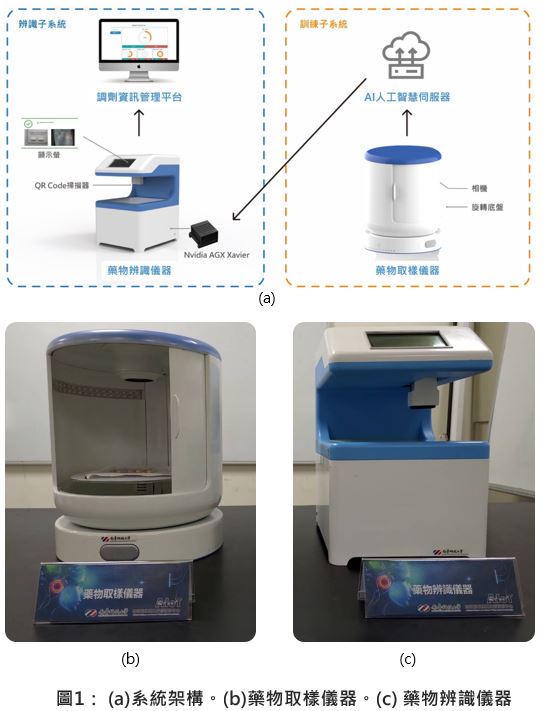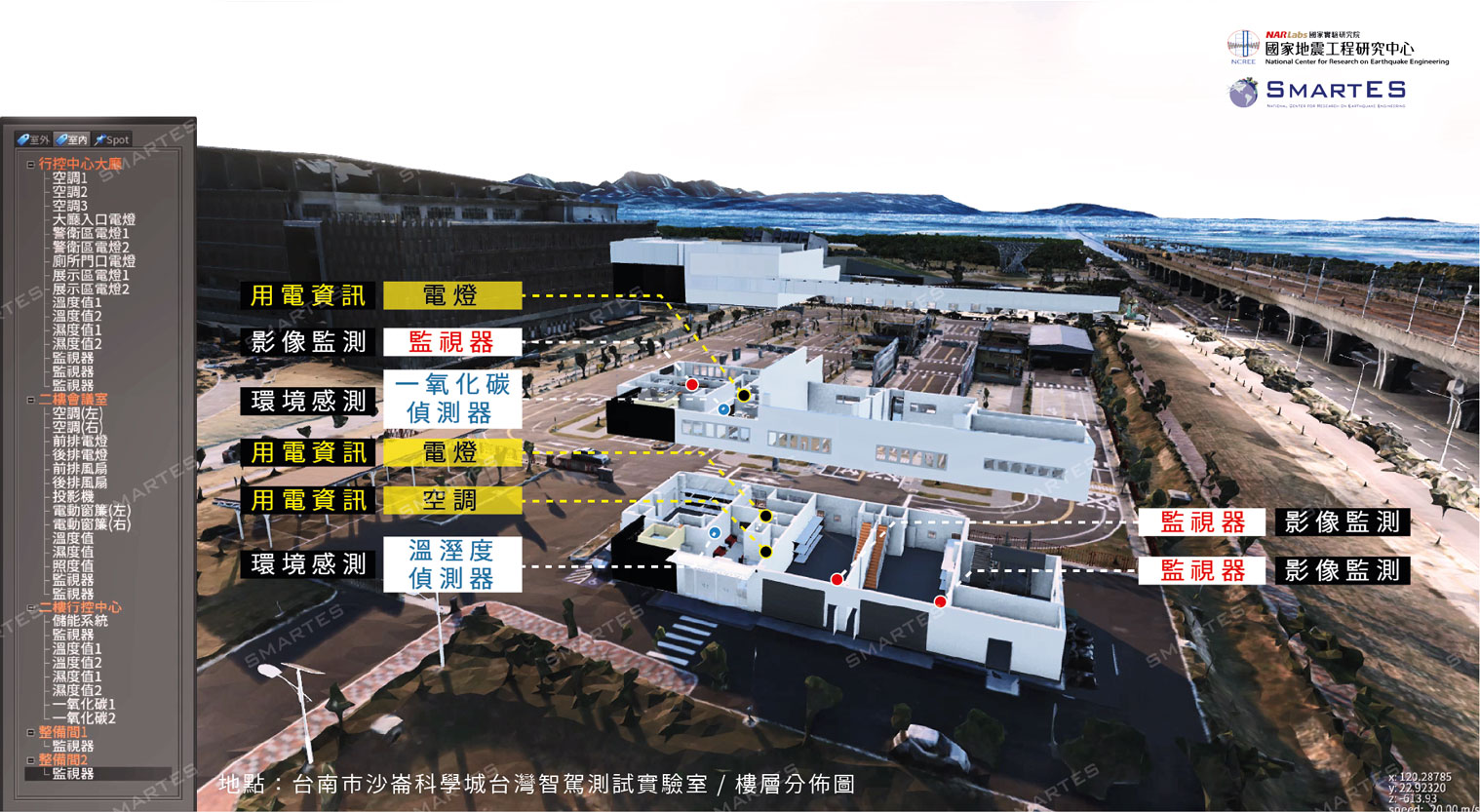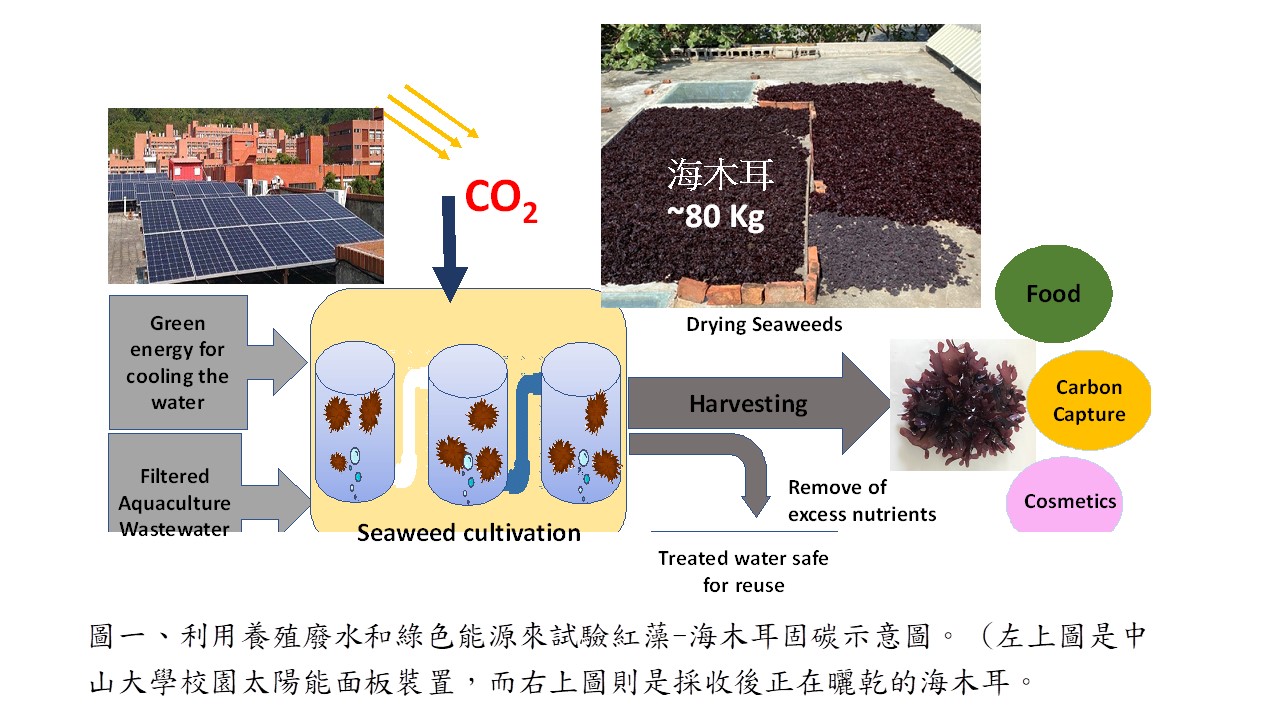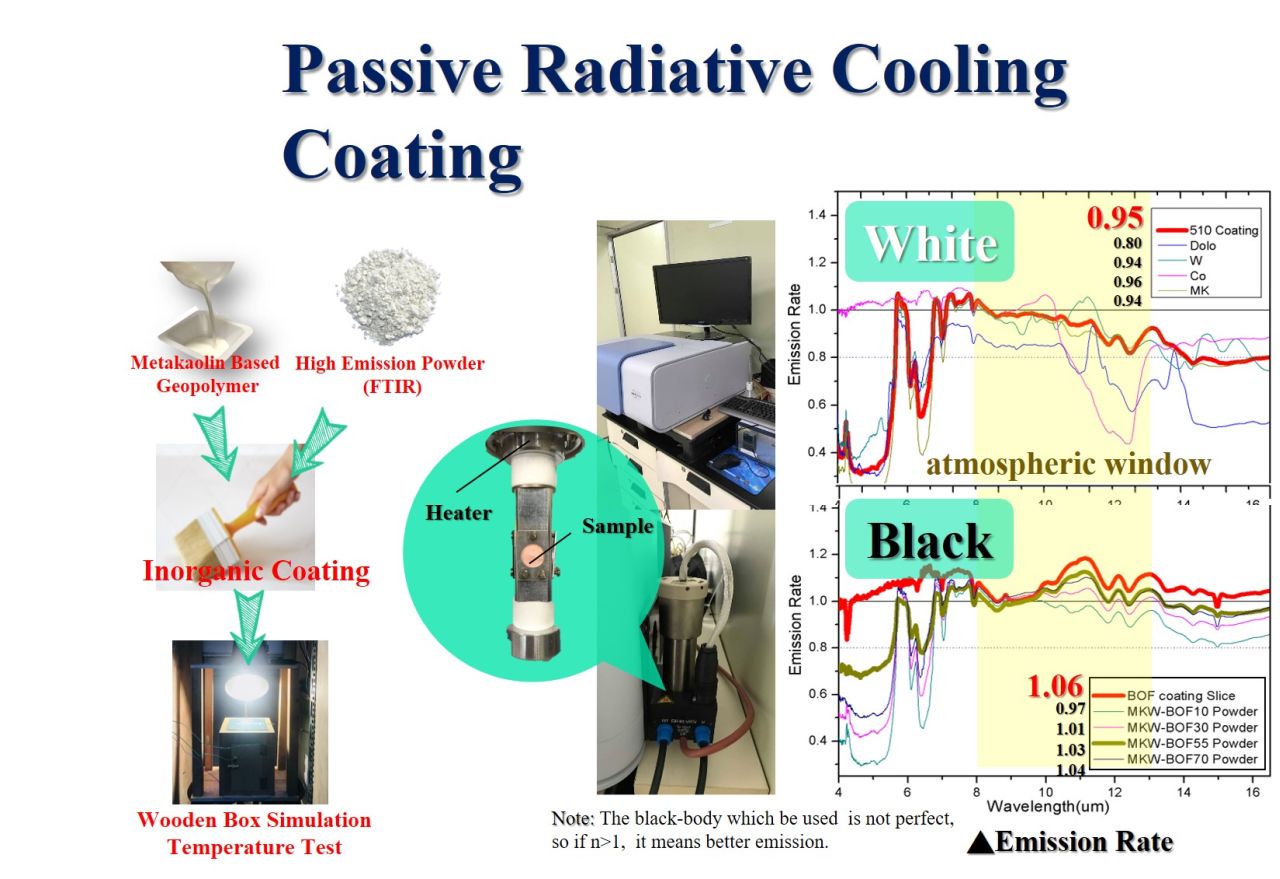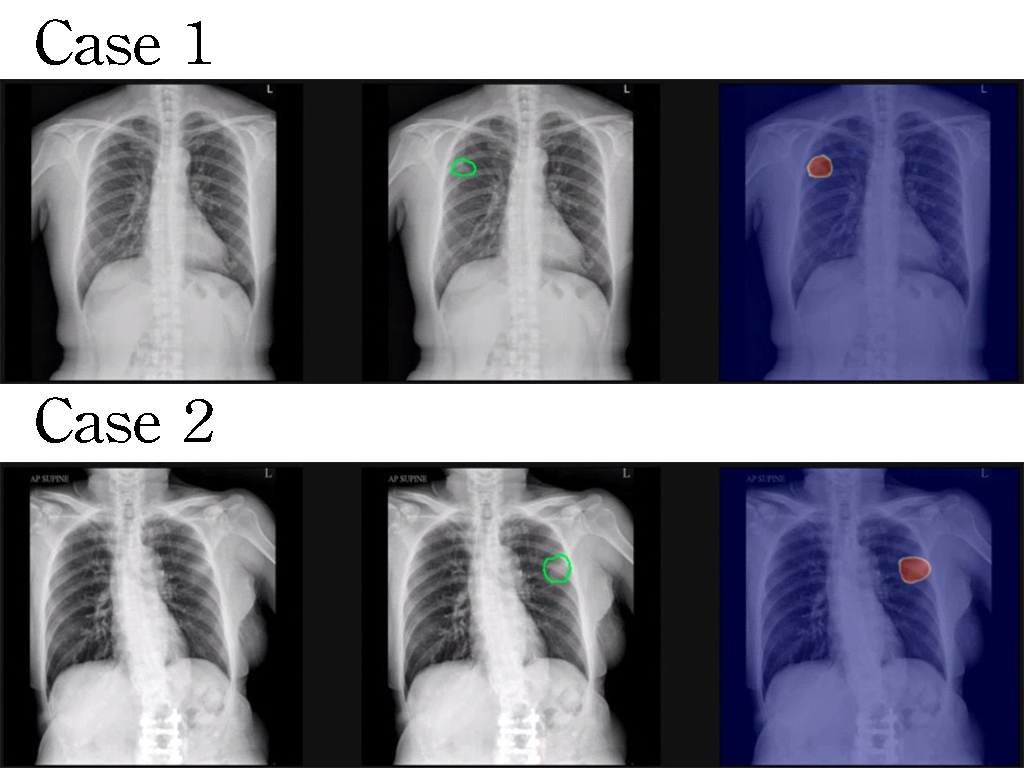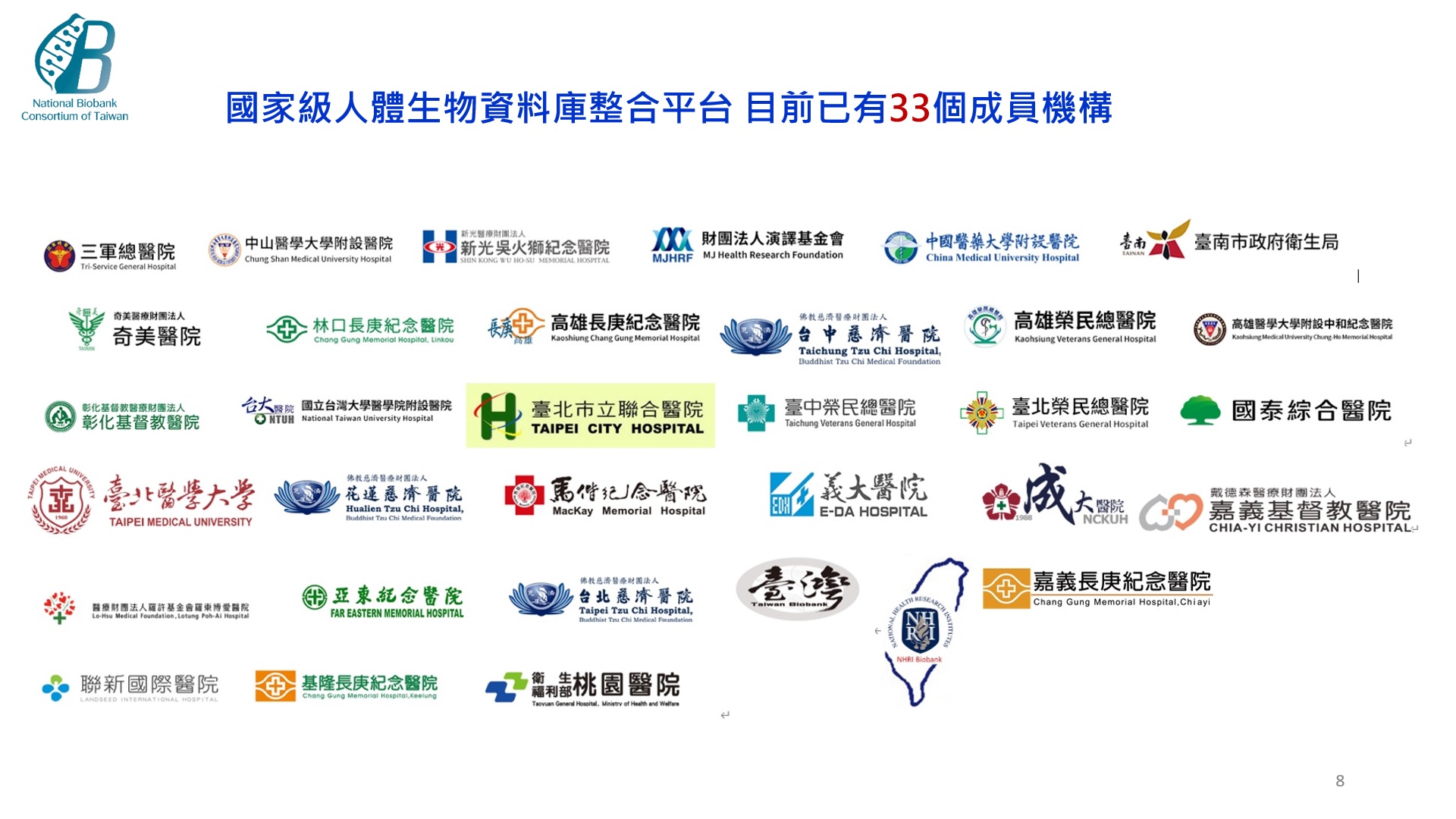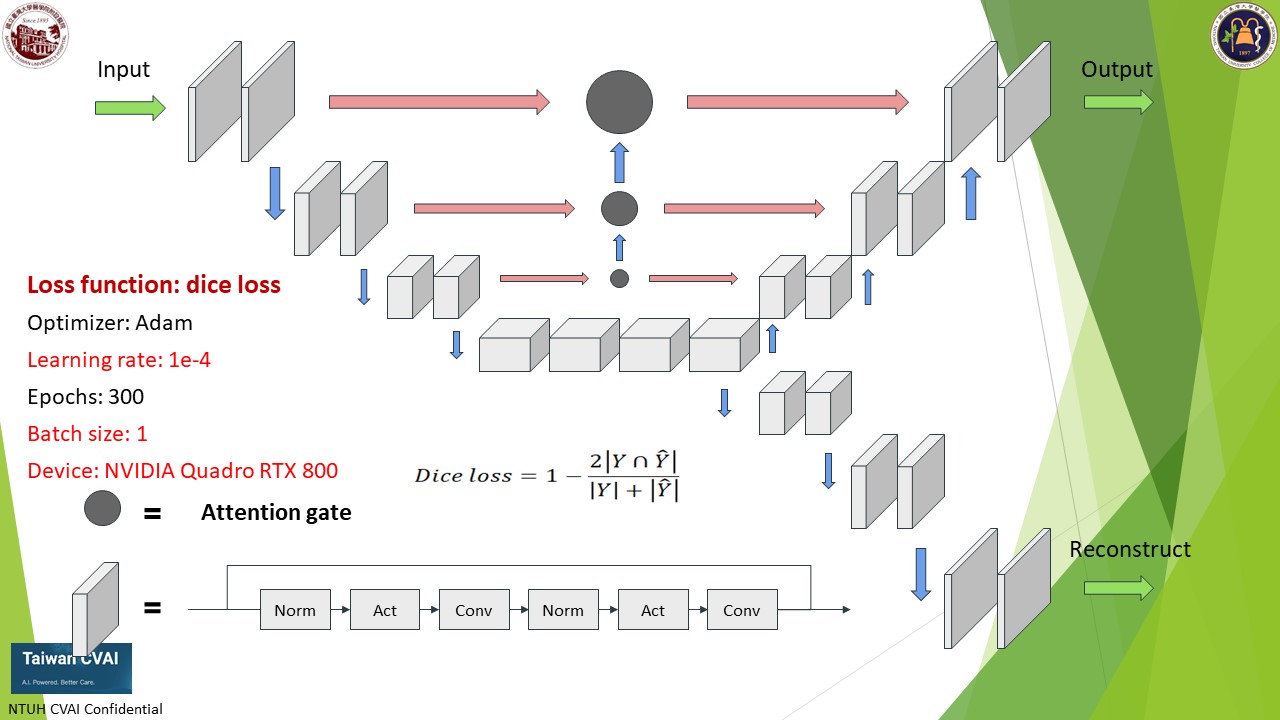| Technical Name | High-Power Device Testing System | ||
|---|---|---|---|
| Project Operator | National Taiwan University | ||
| Project Host | 李坤彥 | ||
| Summary | A single-die testing system using the B1505A evaluated probe landing position, repeated contacts, scratch length, and triboelectric charging, improving measurement accuracy and efficiency. Devices underwent short-circuit tests, with LTSPICE and TCAD simulations analyzing temperature-induced failure mechanisms, followed by optical and SEM failure analysis. |
||
| Scientific Breakthrough | The scientific breakthroughs of this work include: (1) reducing measurement time while minimizing variations between tests, thereby establishing a measurement methodology that effectively enhances accuracy; (2) conducting device short-circuit test analysis through both simulation and experiments to verify the electrical impact of defects and the structural damage induced. |
||
| Industrial Applicability | The High-Power Device Testing System maps electrical characteristics across a bare die to determine the optimal probe position. LTSPICE models predict short-circuit I-V behavior and internal temperatures to identify device limits. Industrial adoption can improve bare-die testing accuracy and efficiency and anticipate packaged device performance, preventing damage. |
||
- Contact
- Yeh, Chun-Wei
- r13525085@ntu.edu.tw
other people also saw

